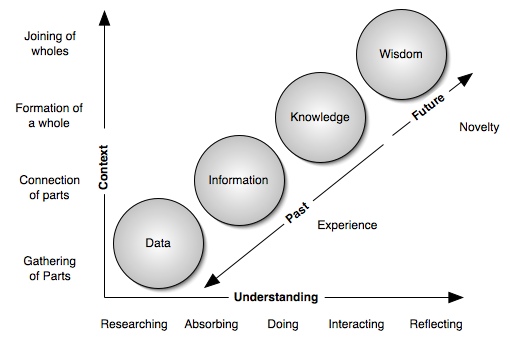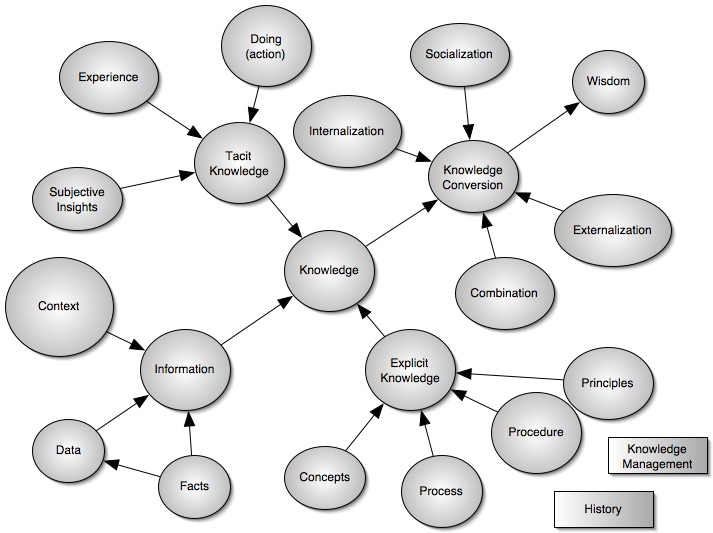Note: This site is moving to KnowledgeJump.com. Please reset your bookmark.
Emotions and Critical Thinking
Emotions (or the self system) drive almost everything we do. Antonio Damasio (2005) , a University of Iowa neurologist, believes that emotions are the key element in decision making and learning, and central to the process of rational thought. When patients of his have lost the regions of their brain (such as through the removal of a tumor) that allow them to experience emotions, their decision making ability goes completely haywire. Their intelligence can be working perfectly, but without emotions to guide one's intelligence, logical decisions cannot be made.
Think of it this way, if you made a bad investment, then you feel bad about it. The next time something similar comes up, you will think about it more carefully, gather more information, build your knowledge base, etc. This in turn should allow you to make a better decision. But, what if you had no emotions about it? Why would you bother doing all the homework? If you do not care about it, then you normally do the exact thing again. We are creatures of emotions—they drive us. We are lost without emotions to guide our reasoning.
Now people do use reasoning to make decisions, however, that reasoning is driven by emotions. Steven Pinker (professor of psychology and director of the Center for Cognitive Neuroscience at MIT) wrote:
“Each human emotion mobilizes the mind and body to meet one of the challenges of living and reproducing in the cognitive niche. Some challenges are posed by physical things, and the emotions that deal with them, like disgust, fear, and appreciation of natural beauty work in straightforward ways. Others are posed by people. The problem in dealing with people is that people can deal back. The emotions that evolved in response to other people's emotions, like anger, gratitude, shame, and romantic love, are played on a complicated chessboard, and they spawn the passion and intrigue that misleads the Romantic” (Pink, 1977).
Also see Left-Brain Right-Brain Metaphor.
Next Step
Click on the various parts of the chart to learn more about that topic

References
Damasio, A. (2005) Descartes' Error: Emotion, Reason, and the Human Brain. New York: Penguin.
Pinker, Steven (1997). How the Mind Works. New York: W. W. Norton & Company.


